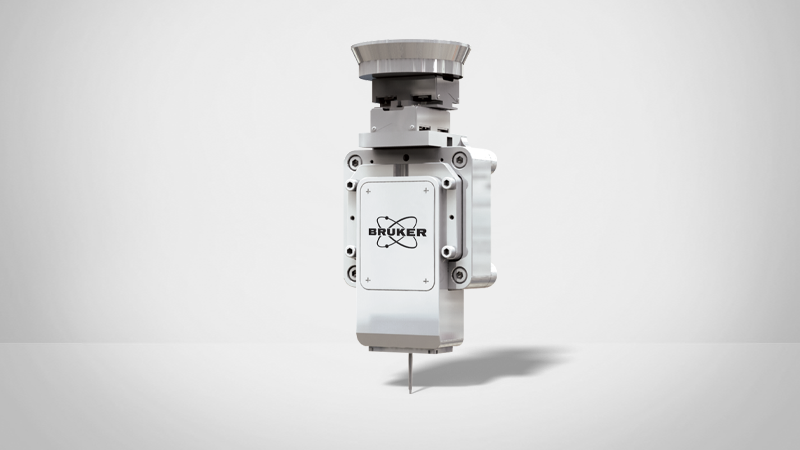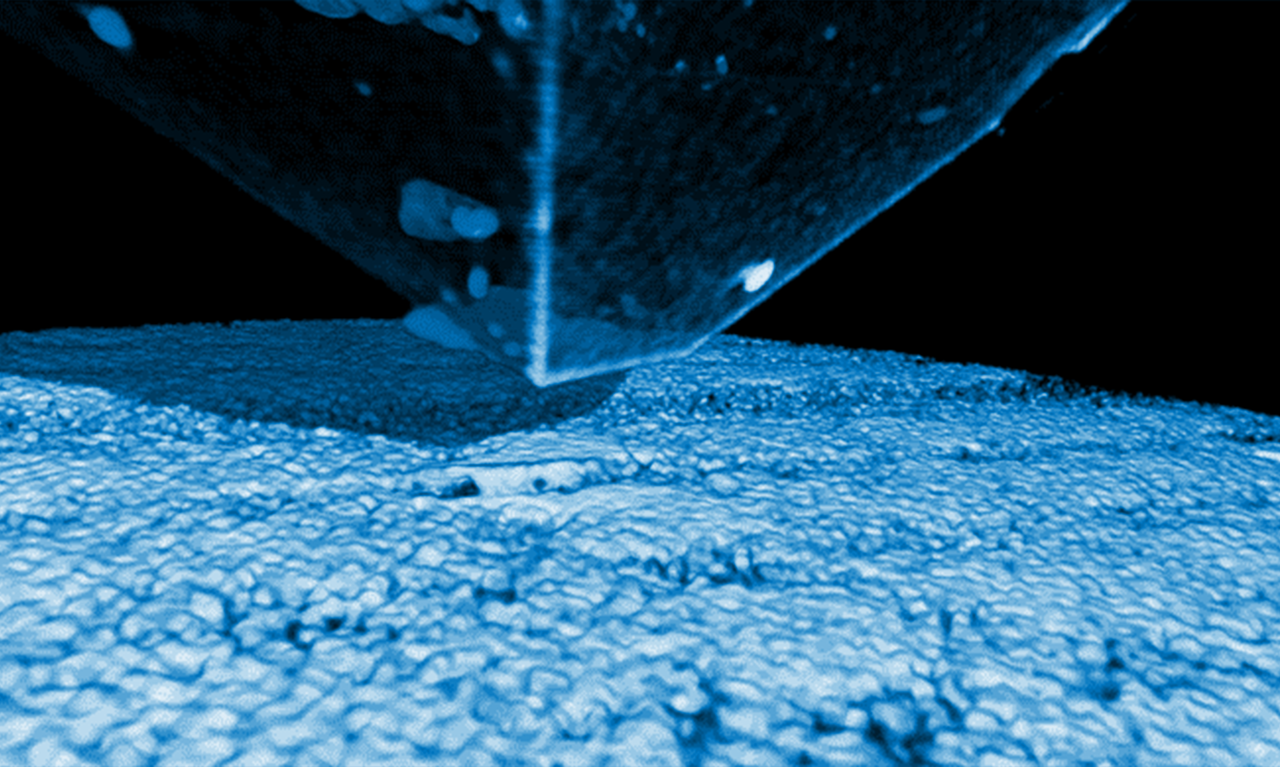Application Note: Mechanical Characterization of Hydrogels Using the Hysitron BioSoft In-Situ Indenter
Mechanical Characterization of Hydrogels Using Hysitron BioSoft™
Hydrogels are often used as a biomimetic material to simulate the mechanical response of biological tissues for culturing samples and surgical simulations. The modulus and poroelasticity can be tuned over a wide range to match those of specific tissues. Additionally, hydrogels tend to have good homogeneity so the results should be very repeatable. This makes hydrogels excellent materials to evaluate the performance of instruments designed for testing soft materials. This application note shows how the Hysitron® BioSoft™ In-Situ Indenter was used to obtain accurate, repeatable measurements on homogeneous hydrogel samples.
Introduction
Hydrogels offer a challenge for traditional indentation instruments due to their low modulus (often <1 kPa), tackiness, and requirements to be tested while submersed. The Hysitron BioSoft is designed specifically for soft materials such as hydrogels. The indenter attaches to an inverted microscope and during indentation testing, the contact point is viewed optically in real-time. Bruker’s advanced software allows for custom load function generation to solve challenges unique to different samples with event-controlled actions and closed-loop displacement and/or load control within in a single test. Load and displacement are continually monitored and measured throughout the test using a digital controller and an advanced data acquisition system. Data analysis is then performed through the application of appropriate contact models.
Procedure
Using the Hysitron BioSoft with a 1 mm diameter spherical probe, the mechanical properties of two hydrogels, polyacrylamide and agarose, were measured with load relaxation tests. The BioSoft transducer was attached to an inverted microscope on a table with no additional vibration isolation. Testing was performed in displacement control. All samples were submerged in water.
Polyacrylamide: The elastic modulus of a 500 µm thick polyacrylamide gel sample was measured as a function of depth. A total of 55 individual tests were performed. An overlay of the curves shows that the repeatability of the tests was excellent (see Figure 2).
Agarose: The elastic modulus of agarose was measured as a function of percent agarose by weight. Three tests were performed on each of the three agarose gel samples, with 0.5%, 1%, and 2% agarose concentrations.
Analysis
The load versus time curve during the hold period was fitted using a two-exponent exponential decay equation, as shown in Figure 3. The parameter, .o, represents the load at equilibrium;
The elastic modulus was calculated using Hertzian contact equation for spherical contact with a half space;
A Poisson ratio of 0.4 was assumed for each sample.
Conclusions
Figure 4 shows the elastic modulus results for polyacrylamide and agarose. The elastic modulus climbs with the peak displacement. Analyzing the low displacements (=60 µm), the elastic modulus was determined to be 22.9±0.6 kPa. The elastic moduli of 0.5%, 1%, and 2% agarose were determined to be 2.29±0.9 kPa, 19.2±1.2 kPa, and 64.4±1.2 kPa respectively (Figure 4). A power law fit gives a power exponent of 1.92±0.26, which is expected for hydrogels.2 These results show that the Hysitron BioSoft In-Situ Indenter can be used to perform accurate and repeatable indentation measurements on soft hydrogel samples.
References
- M.L. Oyen, “Mechanical Characterisation of Hydrogel Materials”, International Materials, Reviews, 59:1, 44-59, 2013.
- V. Normand, D.L. Lootens, E. Amici, K.P. Plucknett, P. Aymard, “New Insight into Agarose Gel Mechanical Properties”. Biomolecules, 1:4 730738, 2000.
BioSoft and Hysitron are trademarks of Bruker Corporation. All other trademarks are the property of their respective companies. © 2017 Bruker Corporation. All rights reserved. AN1509, Rev. A0

